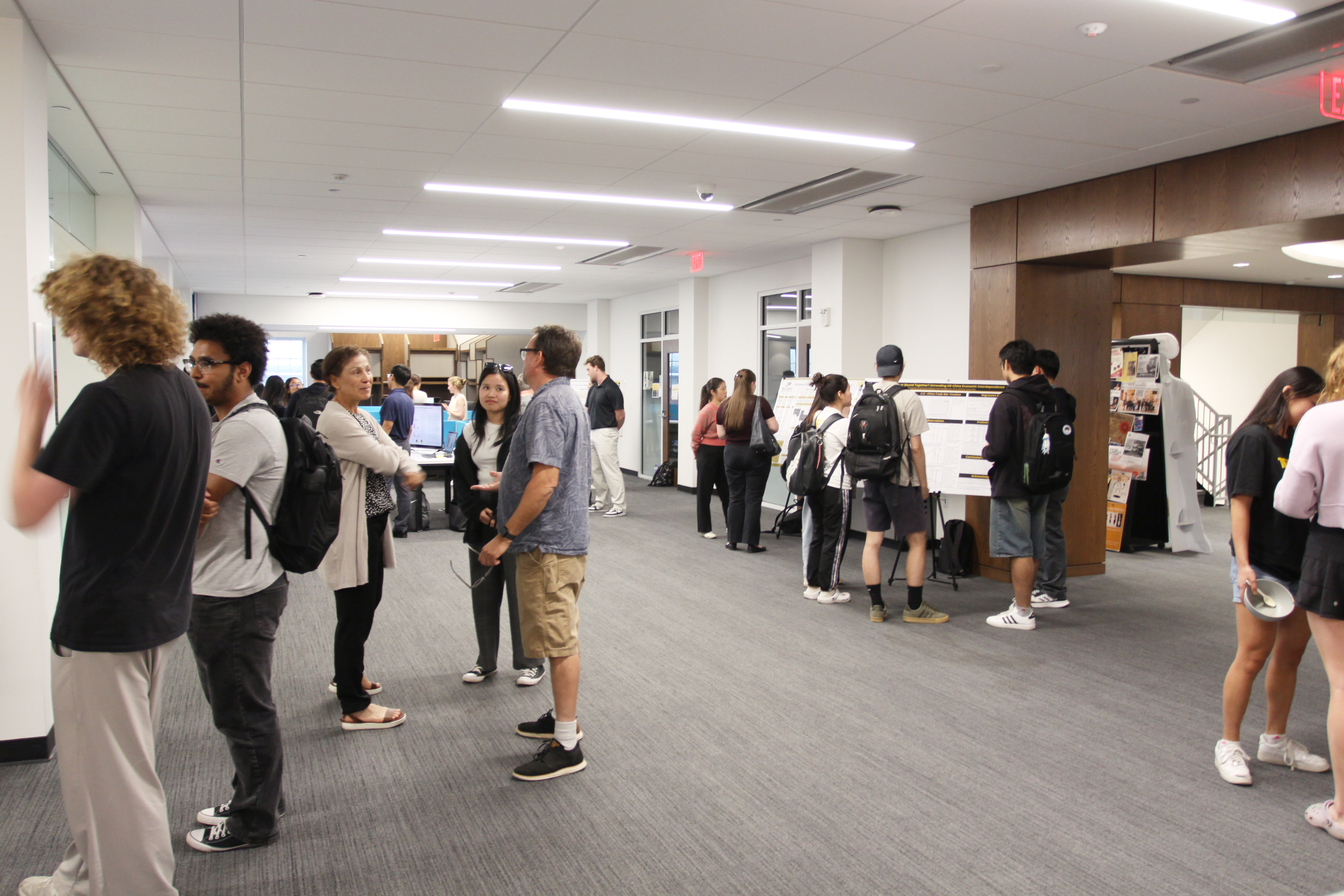Files
Download Full Text (7.4 MB)
Document Type
Poster
Publication Date
Fall 2024
Abstract
Healthcare-associated infections (HAIs) serve as one of the most pressing problems in the medical field. On any given day, one in 31 hospital patients has at least one HAIs and even though the average duration of inpatient admissions has decreased, the frequency of HAIs has increased. The most popular treatment for HAIs is antimicrobial medications such as antibiotics, however, bacteria have been documented to develop resistance to several antibiotics. Hydroxyl radical is being explored as an alternative preventative treatment to HAIs as it has microbicidal effects on planktonic bacteria and fungi over short treatment time, but few studies have looked into the effects of hydroxyl radicals on Klebsiella and Pseudomonas, two most commonly found HAIs bacteria. This study aims to 1) observe Strl AIR’s (a hydroxyl radical generator developed by DexTech) effects on Klebsiella and Pseudomonas, 2) determine if the device is bacteriostatic or bactericidal, 3) quantify reduction rate of the bacteria, and 4) analyze the difference in genetic makeup between the control and treatment groups using PCR. The treatment groups were divided into groups and subjected to two variables: distance from the device (1 meter, 2 meters, and 3 meters) and exposure time (24 hours, 48 hours, and 72 hours). After that, they were removed from Strl AIR, left to continue growing at room temperature, and monitored the number of colonies over time. Results show that, first, the device indeed has bacteriostatic effects on the bacteria and, second, exposure time and distance away from the device affect the regrowth rates of bacterial colonies. For distance, at 24 hours after collecting, percentage reductions in the number of colonies were 1.49 SE ± 4.93, 29.65 SE ± 3.18, and 52.99 SE ± 3.46 respectively for the 24hr 1m, 24hr 2m, and 24hr 3m groups. The numbers peaked at 48 hours after collecting for three groups (25.43 SE ±4.04, 43.93 SE ± 2.9, and 59.54 SE ±3.92) before decreasing slightly at the 60 hours mark (df=2, F=12.51, p0.05). However, more studies need to be conducted to confirm the effects of exposure time on bacterial regrowth rate. These findings suggest that Strl AIR can serve as a potential replacement for antibiotics and other preventative methods as a solution to HAIs; nonetheless, long-term and more in-depth studies need to be conducted to confirm the effectiveness of Strl AIR, especially over longer exposure periods, and factors that may or may not inhibit its efficacy so as to instruct healthcare experts in hospital and medical clinics on where to place the device for maximized sterilization. Moreover, research into Strl AIR’s effects on other types of pathogens like viruses or fungi need to be conducted to further expand our knowledge on artificially generated hydroxyl radicals.
Recommended Citation
Le, Caroline '26; Akinwole, Philips; and Chopra, Nipun, "Bacteriostatic effects of Hydroxyl Radical-Generating Device on Klebsiella and Pseudomonas" (2024). Annual Student Research Poster Session. 153.
https://scholarship.depauw.edu/srfposters/153




Funding and Acknowledgements
Funding provided by the Science Research Fellows Program, Steven S. Clark Endowed Fund for Student-Faculty Environmental Research and Kranbuehl, Roberts, Hillger Endowed Fund for Faculty Summer Research.